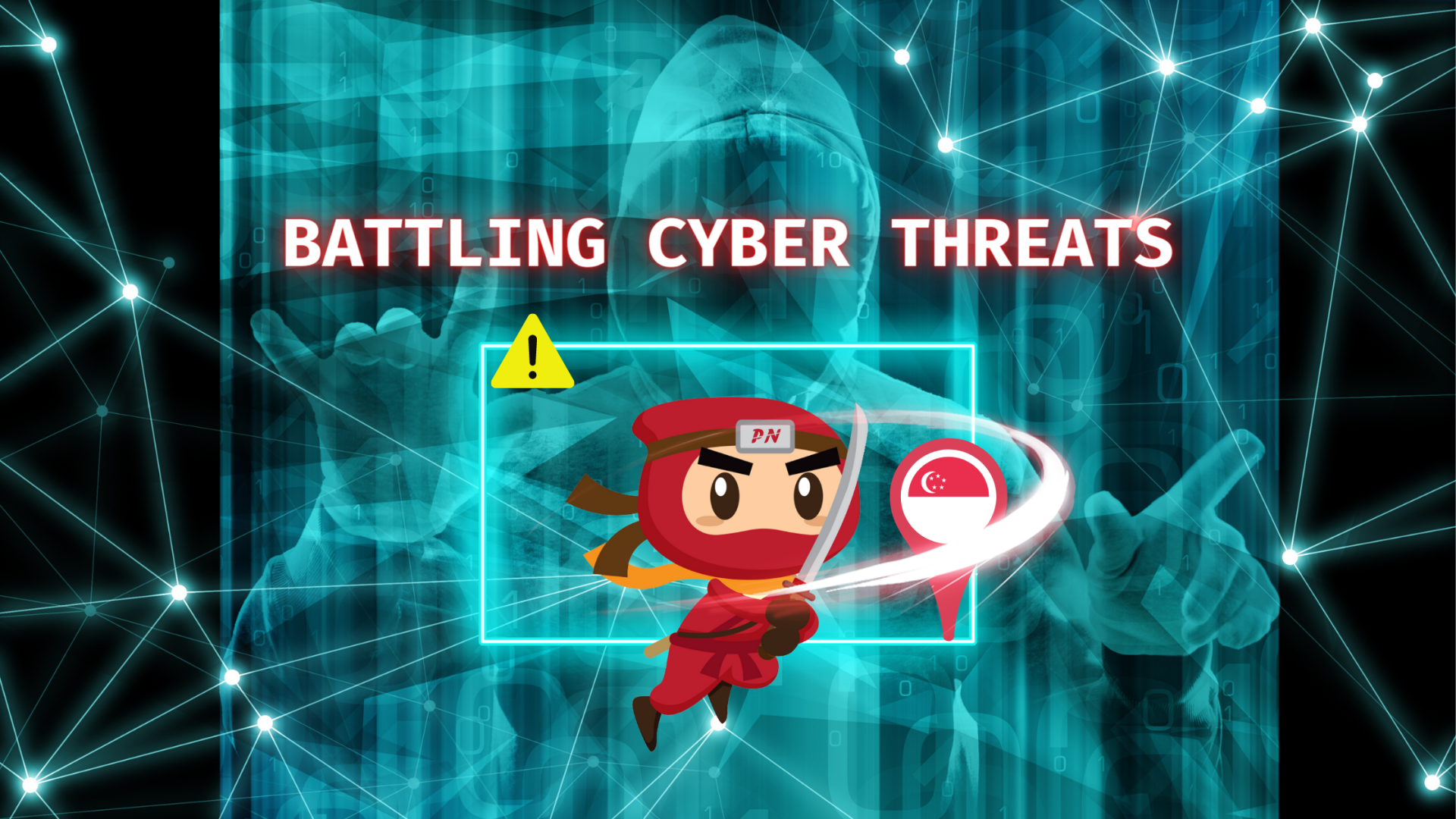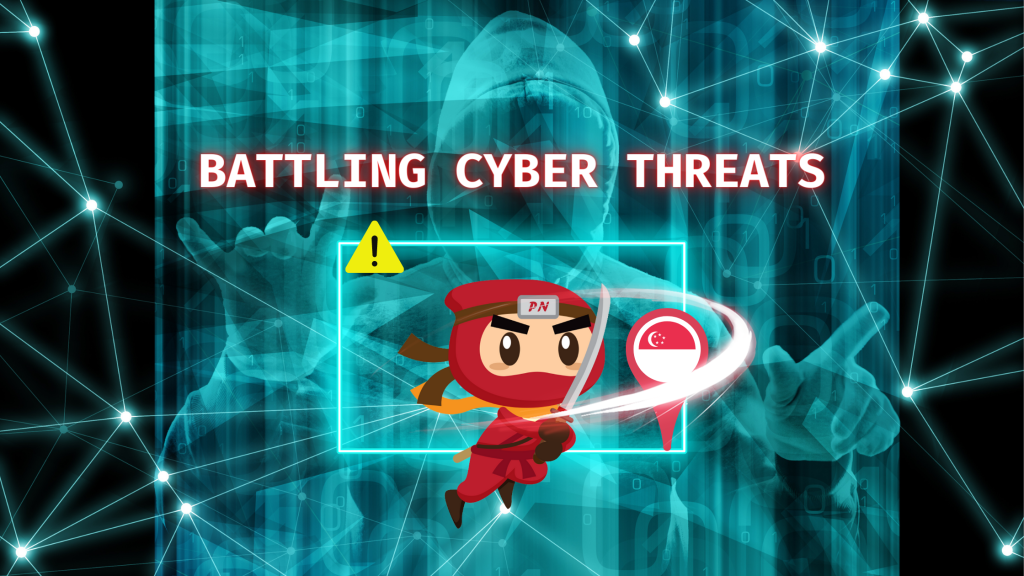KEEP IN TOUCH
Subscribe to our mailing list to get free tips on Data Protection and Cybersecurity updates weekly!



Battling Cyber threats is no easy task especially now that the pandemic has accelerated the mass adoption of digital technology. This has propagated a dialogue as to the need to improve and enhance cybersecurity to protect everyone form all sorts of scams and scandals.
Battling Cyber threats has been the priority of Singapore and other major countries in the world in response to the growing technological economy. As Singapore advances along the Digital Silk Road towards a Smart Nation, new threats from cybercriminals are faced by organizations and individuals with regards to their security, privacy, and their valuable or sensitive information.
As countries adopt to the new normal of brought by the technological age, pushed further by the pandemic, it opened a plethora of new possibilities concerning cybersecurity today, and Singapore is not the one letting its guard down. The question remains are, what are the key cyber threats present today and how does Singapore businesses can battle evolving Cyber Threats?
Accounting for 43% of overall crimes in Singapore, Cybercrime cases has increased in 2020. This includes offenses under the Computer Misuse Act relating to unauthorized access, modification or use of computers, computer services and computer materials, cyber extortion, and online cheating.
The following are the most common cybersecurity threats:

With the continuous evolution of cybersecurity threats, businesses and organizations in Singapore face the following issues:
Also Read: How COVID-19 Contact Tracing in Singapore Applies at Workplace
Organizations or businesses should stress the importance of reviewing cybersecurity hygiene in a regular basis. This goes the same with operational dependencies and network connections. This is to ensure that the software or the systems are updated, the intrusions are detected early and contained quickly, and the employees are well-verses in these kind of threats.
In the navigation of these cyberthreats by organization, the following are the 4 simple ways to combat it:
In today’s day and age, cybersecurity must not be taken lightly. Battling cyber threats is more than just a matter of technology. Way beyond the tools used and available for organizations to use to combat these threats, these organizations cannot afford to let their guards down
As the saying goes, cybersecurity today is much more than a matter of technology. Beyond the tools made available to them, organisations cannot afford to let their guard down but must remain vigilant, and keep pace with emerging technologies and shifts in the landscape, to minimise their exposure to cyber threats and risks.
Singapore’s Safer Cyberspace Masterplan, a look on the future.
The rolled out Safer Cyberspace Masterplan 2020 builds on the second Pillar of the 2016 Singapore Cybersecurity Strategy. It outlines the plan towards the creation of a mush safer and secure cyberspace in Singapore. It has been developed by the Cyber Security Agency (CSA) in consultation with the cybersecurity academia and industry in order to raise the general level of cybersecurity for individual users, communities, enterprises, organizations, and Singapore as a whole.
The Masterplan comprises three thrusts, to:
All has a role to play in keeping the cyberspace secure and safe. It is our role to ensure that we take our security and others’ personal and sensitive data to the highest level of importance as it can be used against all of us. Initiatives like as done by Singapore in its Safer Cyberspace Masterplan provides for a way to make that happen, and it is the right move that every other countries should follow.
Also Read: What You Need to Know About Singapore’s Data Sharing Arrangements